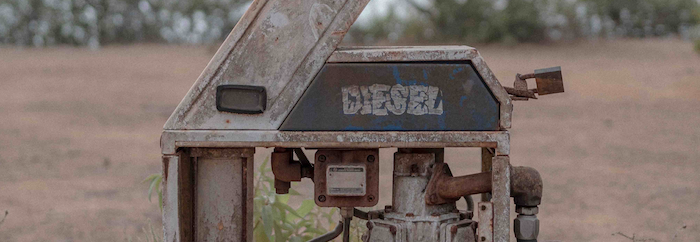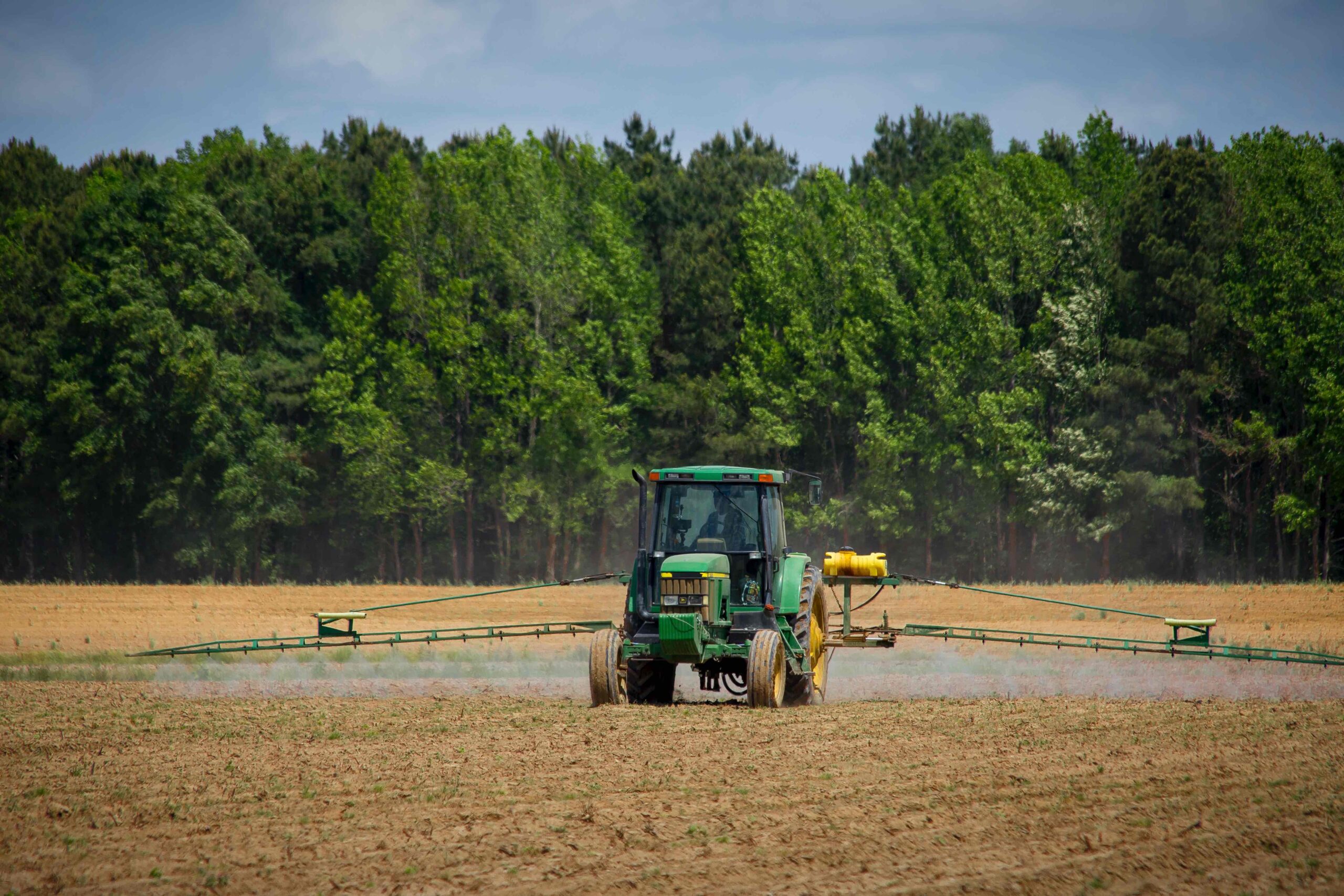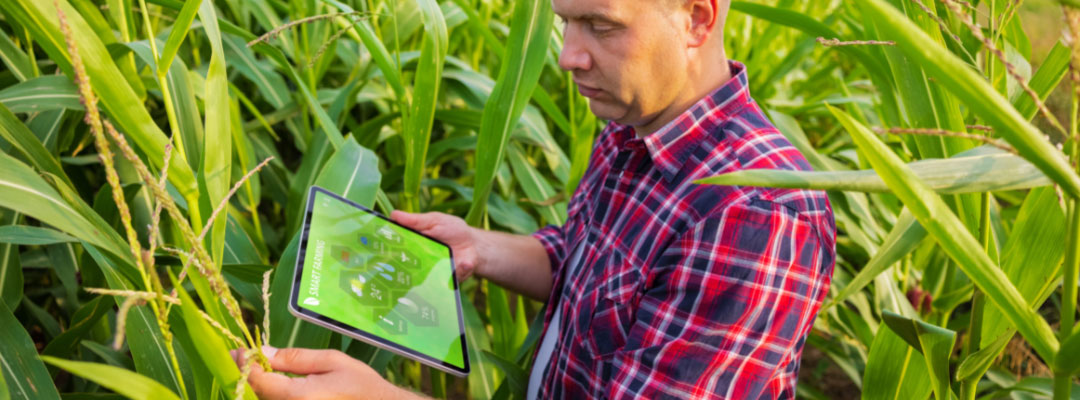Years ago, at a county production meeting with growers, I was asked by a producer: “When is the best time of year to buy farm diesel?” In other words, he wanted to know if there is any seasonality to farm diesel fuel prices.
Seasonality of prices occurs when there is a time (season) of the year when prices are high or low compared to the annual average price. We typically see seasonality of prices in crops, fruits and vegetables, and some cuts of meat (steaks). An example of seasonality here in Georgia, the price of watermelons tends to be lower during the summer months when local melons are harvested and sold throughout the region. However, during winter months (or Georgia’s off-season for watermelons), prices are higher because there are fewer for sale, and grocers have to source them from other parts of the country or world.
Most often, seasonal indices use monthly data over a 5-year (60-month) period. In the last 5-years, we have had a global pandemic and the war between Russia and Ukraine, which have both affected global petroleum prices and local diesel prices in different ways. Because these events created much volatility in fuel prices, I wondered if they also impacted the seasonal behavior of diesel fuel prices.
Seasonal Indices of Farm Diesel Fuel Prices in the US Lower Atlantic Region for the 60 months prior to the Covid-19 Pandemic and the most recent 60 months.

The figure shows two monthly seasonal price indices for farm diesel. The first index (orange) was created from data during the five years, or 60 months, prior to the beginning of the Covid-19 pandemic, from January 2015 through December 2019. The orange index can be considered a baseline since it was created from data prior to the pandemic and the war in Ukraine. The second index (blue) is based on recent data from the past 60 months, from June 2018 through May 2023. The solid black line at 100 represents the average annual price over each 60-month time period. When the monthly average index falls below 100, we can assume that prices during that month tend to be below the annual average price (i.e., a better time of the year to buy diesel). When the monthly index rises above 100, we can assume prices during that month tend to be above the annual average price (i.e., not the ideal time of the year to buy diesel).
So how have things changed since the pandemic and the war in Ukraine? Prior to the Covid-19 pandemic, the best times of the year to buy diesel appeared to be August and December. Things have changed slightly in the most recent 60 months with the most pronounced differences occurring in January and March, likely influenced by the invasion of Ukraine in late February 2022 and the steep run-up of diesel fuel prices that followed. Based on the last 60 months of data, the seasonal index suggests a stronger pattern of two buying windows: winter (Dec-Feb) and late summer (Aug-Sep).
Individual producers should keep in mind that these indices are based on historical data and local prices may differ from regional price averages. Future events that cause market volatility may occur and cause prices to behave differently, or a lack of major events might return us to the less volatile pre-pandemic seasonal price trends. Furthermore, any potential savings from bulk seasonal purchases must be weighed against the cost of fuel storage. For producers who already have on-farm storage capabilities for diesel fuel, it may be worth considering purchases of farm diesel during the winter and late summer so they can capitalize on lower prices.
Resources:
Georgia Department of Revenue State Excise Tax on Motor Fuels https://dor.georgia.gov/taxes/business-taxes/motor-fuel-tax/calculating-tax-motor-fuel
US Energy Information Administration, Petroleum and Liquid Fuels Data, Lower Atlantic Diesel Retail Prices: https://www.eia.gov/dnav/pet/hist/LeafHandler.ashx?n=pet&s=emd_epd2d_pte_r1z_dpg&f=m
Smith, Amanda R. “When is the “Best” Time to Buy Farm Diesel?” Southern Ag Today 3(24.3). June 14, 2023. Permalink




